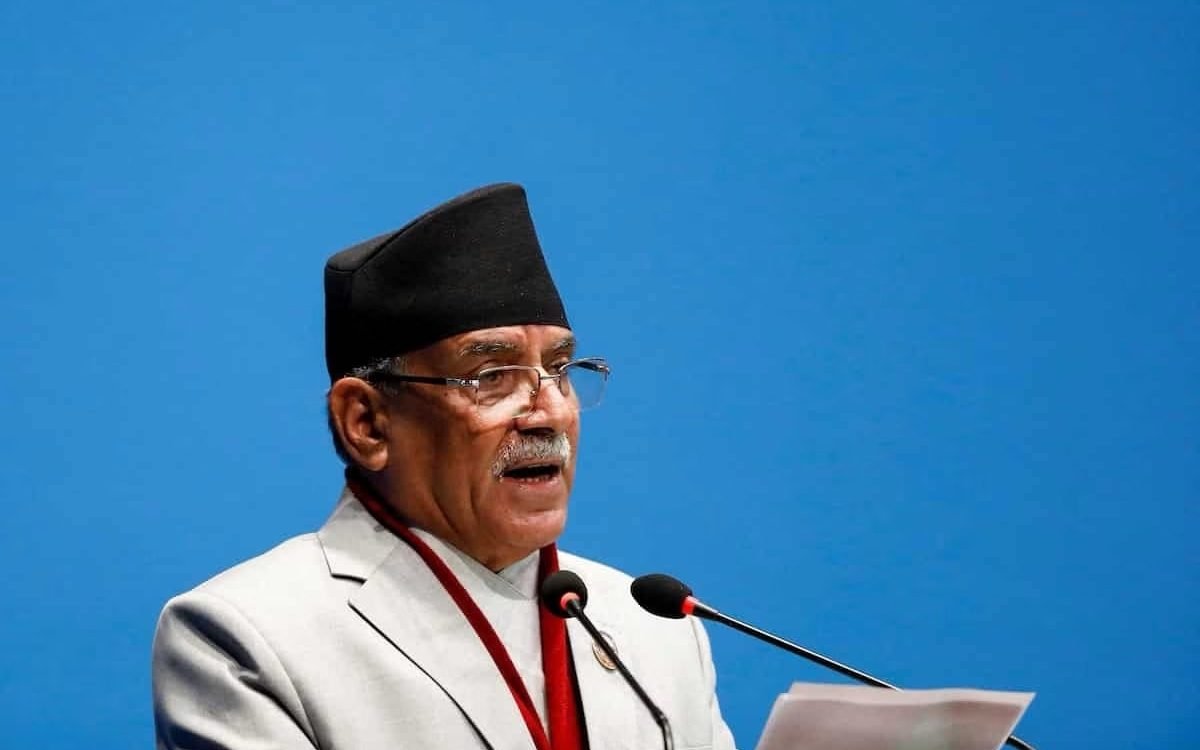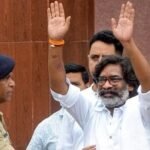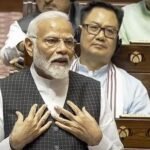Nepal’s political arena is witnessing a rapid transformation as Prime Minister Pushpa Kamal Dahal, known as ‘Prachanda,’ initiates a cabinet reshuffle, signaling the formation of a new alliance of left forces in the Federal Parliament of Kathmandu. With the impending induction of new ministers from the Communist Party of Nepal (Unified Marxist–Leninist), Rashtriya Swatantra Party, and Janata Samajbadi Party-Nepal, Nepal’s political landscape is poised for significant changes.
Following the General election in November 2022, Prachanda assumed office as Prime Minister on December 26, 2022, marking the beginning of a new political era in Kathmandu. The recent three-hour-long meeting between Prachanda and CPN-UML chair KP Sharma Oli signifies a pivotal moment in Nepali politics, as the two communist parties forge a new partnership after previous breakdowns in 2020 and 2023 January.
The inclusion of Oli-led CPN-UML party, Rabi Lamichhane’s Rashtriya Swatantra Party, JSP, and Janmat party in Prachanda’s government underscores the evolving dynamics of Nepali politics and the quest for coalition-building and consensus.
The formal declaration of the new coalition is imminent, with expectations of the cabinet announcement as early as the evening of March 4. As the political landscape undergoes seismic shifts, Nepali Congress President Sher Bahadur Deuba’s contemplation of recalling ministers from the current coalition reflects the fluidity and uncertainty surrounding Nepal’s political future.
Beyond the cabinet reshuffle and emerging alliances, Nepal’s political landscape remains dynamic, with ongoing deliberations and negotiations shaping the course of governance and policy. As new alliances form and political equations evolve, the trajectory of Nepal’s development and democracy hangs in the balance, with implications for domestic stability and regional dynamics.
In conclusion, Nepal stands at a critical juncture in its political evolution, with Prime Minister Prachanda’s cabinet reshuffle and the emergence of a new left alliance heralding a period of transition and transformation. As stakeholders navigate the complexities of coalition politics and governance, the fate of Nepal’s democracy hinges on the ability to forge inclusive, stable, and effective leadership that addresses the aspirations and challenges of its diverse populace.









